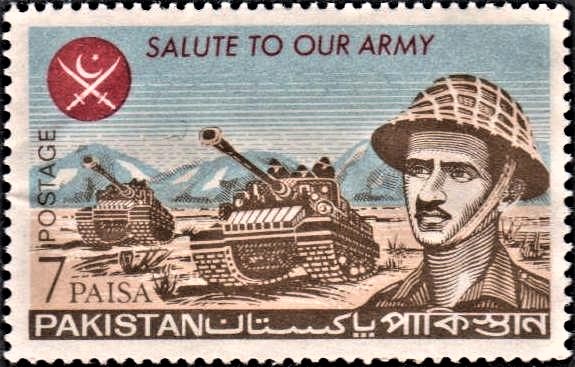
Pakistani Armed Forces
A set of 3 nos. of commemorative postage stamps on the ‘Salute to Our Armed Forces‘ by Pakistan :

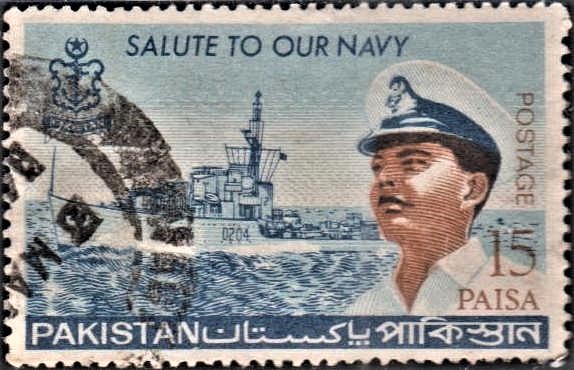
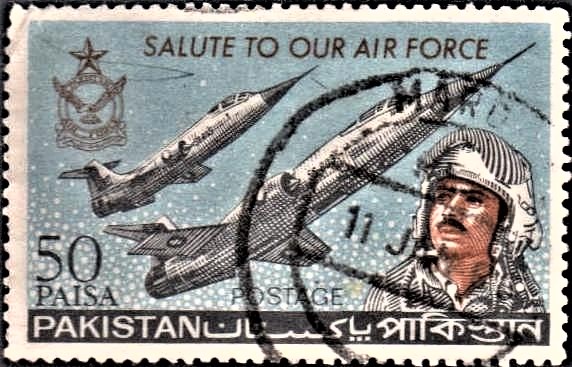 Issued by Pakistan
Issued by Pakistan
Issued on Dec 25, 1965
Issued for : To salute our valiant Armed Forces for their heroic defence of Pakistan during the 17-day Indian aggression in September 1965, the Pakistan Post Office is issuing a set of three stamps of 7-Paisa (Army), 15-Paisa (Navy), and 50-Paisa (Air Force) denominations on the 25th of December, 1965.
Designs :
(i) 7-Paisa (Army) : The scene of two advancing tanks is shown prominently in the design placed in the centre with hills in the background. A portrait of a Pakistani soldier is shown as a symbol of courage and determination. The Army crest appears in red on the top right hand corner. The Slogan “SALUTE TO OUR ARMY” is shown at the top in red. ‘Postage’ and ‘7 Paisa’ appear in the bottom left corner. The word ‘Pakistan’ in English, Urdu and Bengali appears in white in the Khaki strip at the bottom.
(ii) 15-Paisa (Navy) : A Pakistan navy Ship is shown sailing on high seas. On the right corner appears the portrait of a naval officer as a symbol of alertness and courage. The slogan “SALUTE TO OUR NAVY” runs across the middle sky at the top in blue and the crest at the left corner in the same colour. The word ‘Pakistan’ in English, Urdu and Bengali appears in white in the blue strip at the bottom. The words ‘15 Paisa’ and ‘Postage’ are also shown in the design.
(iii) 50-Paisa (Air Force) : Two Star Jet Fighters F-104 are shown soaring up in the sky with the portrait of a pilot in the right corner. Air Force crest appears in brown colour in the top left corner while the slogan “SALUTE TO OUR AIR FORCE” appears at the top in the same colour. The word ‘Pakistan’ in English, Urdu and Bengali appears in white in the dark grey strip at the bottom. The denomination ‘50 Paisa’ appears in the bottom left corner and ‘Postage’ in the middle just above the strip.
Type : Stamps, Postal Used
Denomination : 7, 15 & 50 Paisa
Colour :
(i) 7–Paisa – Light blue, light brown, khaki, vermillion red.
(ii) 15–Paisa – Light blue, navy blue, flash, dark brown.
(iii) 50–Paisa – Light blue, flash, dark brown, dark grey.
Size of Stamps : 48 x 30.5 mm
Size of Prints : 45 x 27.5 mm
Perforation Gauge : 13½ x 13 (C)
Quantity printed : 15,00,000 pieces of each denomination
Number of Stamps in each sheet : 50
Process of Printing : Litho–offset
Printers : The Pakistan Security Printing Corpn. Ltd.
About :
- THE PAKISTAN ARMY
- The Pakistan Army is “one of the toughest and best trained armies in the world, excellently led, highly organized and totally dedicated”. This was the assessment of one of the writers on the recent Indo-Pakistan war, and most of the other foreign correspondents covering the conflict endorsed it. Says one, who witnessed the fighting on various Sectors : “I have been a journalist for 20 years and I want to go on record that I have never seen a more confident and victorious group of soldiers than those fighting for Pakistan”.
- Early in September this year, India invaded Pakistan without any formal declaration of war. Four times in strength in men and material, the Indians were confident of a quick victory. Instead, they suffered humiliating reverses. In the 17-day war India lost 1,600 square miles of territory. India’s other losses included 9,500 officers and men killed, 11,000 wounded, 475 tanks destroyed and damaged and 110 planes destroyed. Pakistan’s losses were relatively light. Her casualty figures were 1,033 killed, 2,171 wounded and 630 missing. Out of 165 Pakistani tanks which were damaged or destroyed during the war, 80 have already been repaired and are now serviceable. In territory, Pakistan lost only 450 square miles. Pakistan’s remarkable success was due to the superiority of her fighting men in every field of battle-craft and to their complete dedication to the cause for which they are prepared to lay down their lives. Their courage and their guts have won them admirers all over the world.
- The Pakistan Army has distinguished itself not only on the field of battle but also in the service of peace. Under the United Nations flag, units of Pakistan Army have served in the Congo and West Irian. The simple modest soldiers from Pakistan were universally respected for their quiet efficiency, their exemplary discipline and pleasant manners.
- THE PAKISTAN NAVY
- The Pakistan Navy is a small, but well-equipped seagoing force with a modern fleet comprising essential Warships of various classes which are kept fully operational. It has a network of repair and maintenance units and essential training and shore establishments.
- During the Indo-Pakistan war of September, the Pakistan Navy completely out-classed the much larger Indian Navy. The courage and daring of its officers and men and their vigilance did not allow the Indian naval units to even approach our coastline or move in the zones of our interest. The Pakistan Navy, on the other hand, carried out an effective offensive operation against the Indian coastal fortress of Dwarka and smashed its powerful radar installations, which were directing bombing raids over West Pakistan, and its shore batteries and other military objects. In the naval-air battle which ensued, Pakistan Navy guns accounted for three Indian aircrafts. In the only encounter between naval units of the two countries, Pakistan Navy submarine, P.N.S. GHAZI, patrolling the Arabian Sea, sent an Indian frigate down to the bottom when she was attacked by a force of enemy frigates. P.N.S. GHAZI triumphantly returned home, unscathed.
- Throughout the war, Pakistan Navy maintained normalcy in harbours and ports and ensured safety of our merchant ships. The Pakistan Navy suffered no casualties or loss during the 17-day war.
- THE PAKISTAN AIR FORCE
- The Pakistan Air Force, which had its baptism of fire in the September War, is the youngest of Pakistan’s three Services. It is not very large; but it is well-knit, well-muscled and fully operational air force. The Service is self-sufficient in training institutions which cater for all the needs of basic and advanced training of flying and maintenance personnel.
- The combat aircraft in the Pakistan Air Force presently are all jets. These include the F-86 Sabre fighter-bombers, T-33 trainers, B-57 bombers and the supersonic F-104 Star-Fighters. In transport squadrons, the PAF operates C-130s.The Pakistan Air Force showed its mettle during the Indo–Pakistan conflict when this small but determined air force humiliated an enemy six times in size and possessing better aircrafts. During this 17-day war the PAF attained complete air supremacy and destroyed 110 IAF aircrafts, besides 19 damaged. These included MIGs, Canberras, Gnats and Hunters. In its close-support missions to the Army, the PAF destroyed 149 enemy tanks, 735 heavy vehicles and 62 heavy guns. The PAF came out of the war practically unscathed, losing only 16 aircrafts – 14 Sabres and two B-57 bombers. Only four of these aircrafts were lost in the air combat.
- With the compliments of The Director-General, Pakistan Post Office, Karachi.


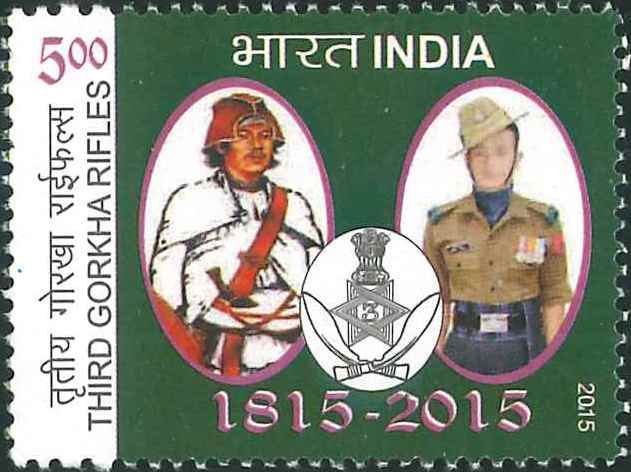
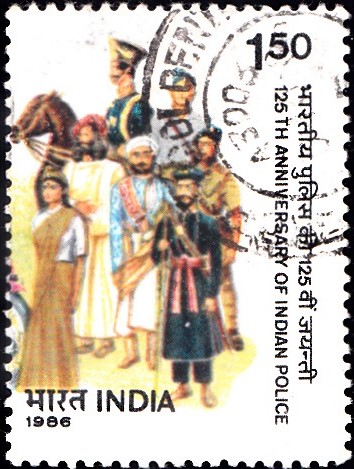
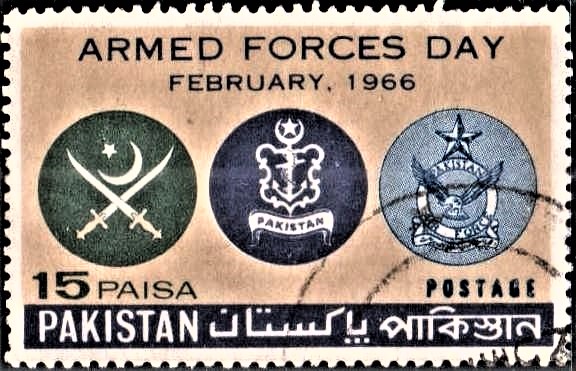
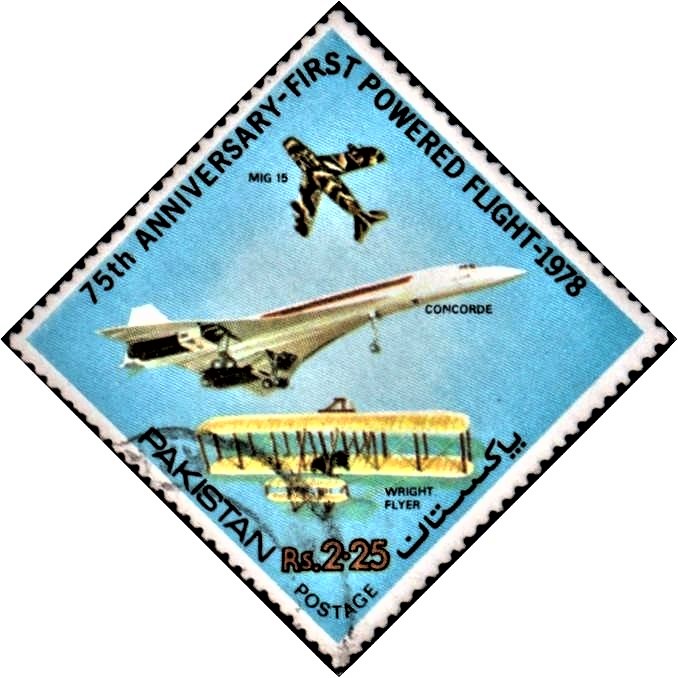
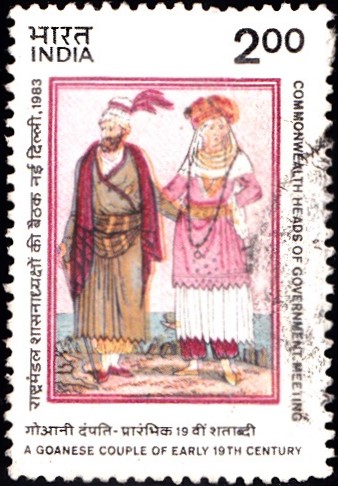
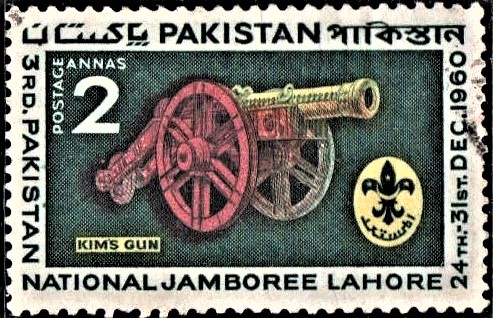
[…] launched Op Gibraltar and Op Grand Slam, the Pakistan Armed Forces were confident of quick success. The Indian Armed Forces, despite being lightly equipped in all […]
[…] with a design to reinforce its illegal claim over Siachen. In 1983-84, a force was raised by the Pakistan Army for the occupation and capture of the Saltoro Watershed; this was called the ‘Burzil Force’ and […]
[…] December, the day of the surrender of Pakistani forces, is celebrated as Vijay Diwas each year. This day witnessed the conclusion of the War with the […]